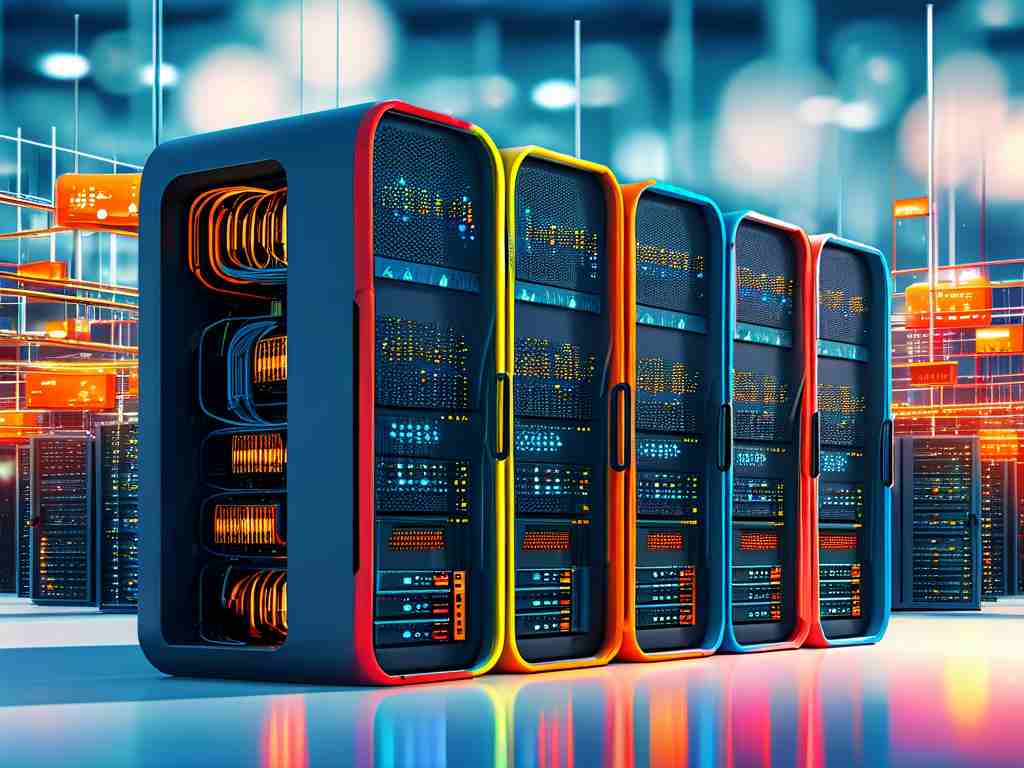In the rapidly evolving landscape of modern computing, distributed architectures have emerged as a cornerstone for building scalable, resilient, and efficient systems. Unlike traditional monolithic systems, which centralize resources and processing power, distributed architectures decentralize tasks across multiple nodes or servers. This approach offers a multitude of benefits that align with the demands of today’s data-driven applications and services.

One of the most significant advantages of distributed computer architecture is scalability. As user bases grow and data volumes explode, systems must adapt without compromising performance. Distributed systems enable horizontal scaling, allowing organizations to add more machines to a network seamlessly. For instance, cloud-based platforms like AWS or Google Cloud leverage distributed architectures to dynamically allocate resources based on real-time demand. This elasticity ensures that applications remain responsive even during traffic spikes, a critical feature for e-commerce sites or streaming services.
Another key benefit is fault tolerance and reliability. In a centralized system, a single hardware failure or software glitch can bring down the entire infrastructure. Distributed architectures mitigate this risk by replicating data and workloads across multiple nodes. If one node fails, others can seamlessly take over, minimizing downtime. Financial institutions, for example, rely on distributed systems to ensure uninterrupted transaction processing, where even a few seconds of downtime could result in significant losses.
Resource optimization is another area where distributed architectures excel. By distributing tasks across geographically dispersed servers, organizations can reduce latency and improve response times for end-users. Content delivery networks (CDNs) exemplify this principle by caching data closer to users, ensuring faster load times for websites and media streams. Additionally, distributed systems enable efficient load balancing, preventing any single node from becoming a bottleneck.
Cost efficiency also plays a role in the adoption of distributed architectures. While initial setup costs may be higher due to the need for multiple servers and networking infrastructure, the long-term savings are substantial. Organizations can scale incrementally, investing in hardware only as needed, rather than overprovisioning resources upfront. Moreover, cloud-based distributed models follow a pay-as-you-go pricing structure, aligning expenses with actual usage.
Flexibility and innovation are further enhanced through distributed systems. Developers can deploy microservices—a design pattern where applications are broken into smaller, independent components—across different nodes. This modularity accelerates development cycles, as teams can update or scale individual services without disrupting the entire system. Companies like Netflix and Uber use this approach to roll out new features rapidly while maintaining system stability.
Security, though often a concern in distributed environments, can be strengthened through proper design. Data encryption, access controls, and decentralized authentication mechanisms (like blockchain-based solutions) help protect sensitive information. By avoiding a single point of vulnerability, distributed architectures reduce the risk of large-scale breaches.
Despite these advantages, implementing distributed systems requires careful planning. Challenges such as network latency, data consistency, and synchronization must be addressed through protocols like CAP theorem-based designs or consensus algorithms (e.g., Paxos, Raft). Tools like Kubernetes and Apache Kafka have emerged to simplify orchestration and real-time data streaming in distributed environments.
In , distributed computer architecture offers a robust framework for meeting the demands of modern technology. Its strengths in scalability, reliability, resource management, and adaptability make it indispensable for industries ranging from healthcare to finance. As organizations continue to embrace digital transformation, distributed systems will remain a foundational pillar, driving innovation and ensuring sustainable growth.









